- The Great Cornwall Guide
- Destinations
- Things to do
- Beach Guide
- Food & Drink
- Properties
- Journal
- Golden Lobster Reviews
- Destinations
There’s more to Cornwall than beautiful beaches. Culturally rich, have you thought about visiting Cornwall’s historic hotspots while here? Here’s all the inspiration you could need to make your visit to Cornwall a historically enriching one…
Some of the history here in Cornwall is industrial, hard to imagine within this beautiful rural landscape. Cornish tin was trading for around 4000 years, but arsenic was also produced here. At one time, Cornwall had 2,000 tin mines. In 2006, the Cornwall and West Devon Mining Landscape achieved World Heritage Status, which puts it on a historical par with Stonehenge and the Pyramids in terms of importance. The Tin Coast includes places like Botallack, Lelant, and Cape Cornwall.
If you want to discover Cornwall’s tin mining heritage, then there are various recommended places to visit, such as Wheal Martyn, with its china clay heritage centre, the Tolgus Tin Mill, Heartlands (previously a wasteland), Poldark Mine (made famous by the books of Winston Graham and open for underground tours) and Geevor Tin Mine, the largest preserved tin mining site in the country.
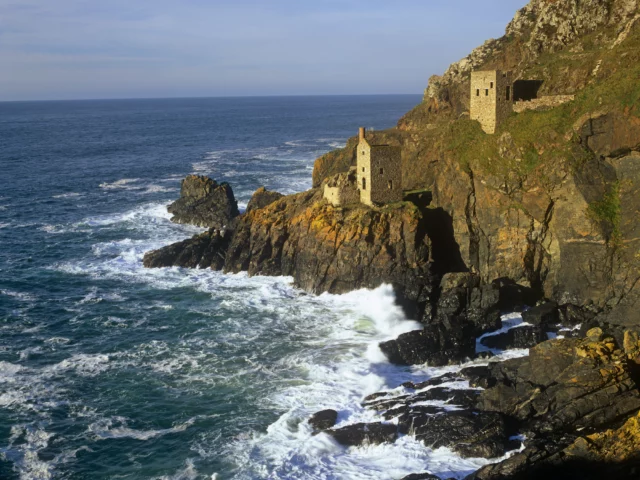
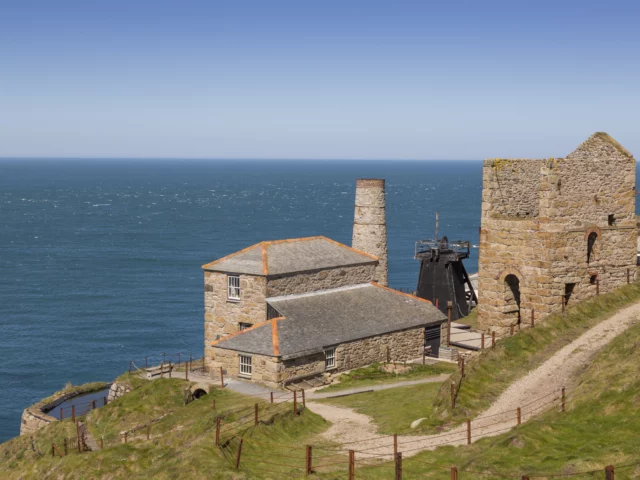
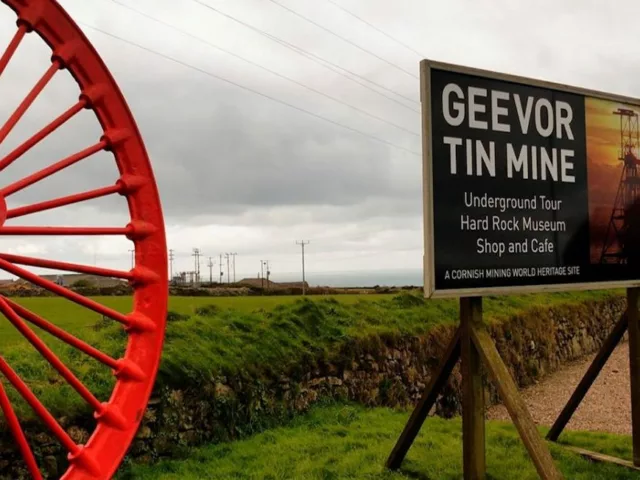
For something prettier, National Trust members will be pleased that Cornwall has three key properties to visit: Cotehele, Lanhydrock and Trelissick Gardens but there are many other historical sites dotted around the county, so bring your card for visits and parking.
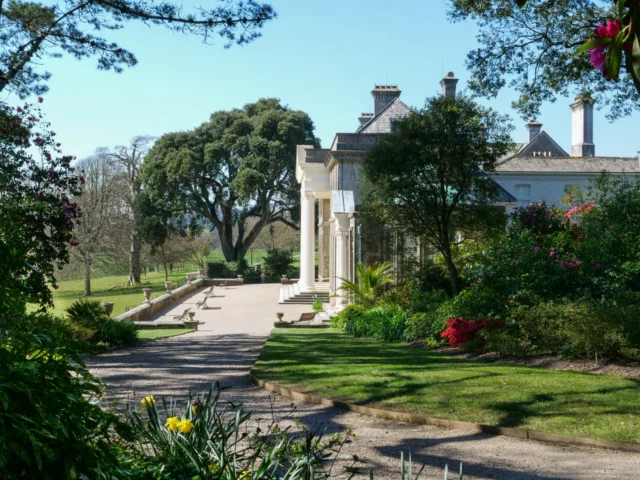
East view of the house in Spring at Trelissick, Cornwall
The Georgian gem, Pencarrow, is not National Trust but is impressive, well worth a visit, with superb tours available by knowledgeable guides, so step back into the past for a tour of this well-loved house featured in Doc Martin, The Fisherman’s Friends and some Rosamunde Pilcher adaptations. Spring is a beautiful time to visit as the gardens are carpeted with bluebells.
Try Trerice, too, a small Elizabethan manor house near Newquay, also National Trust. Tre in Cornish means settlement or homestead, by the way. Pol means a pond or lake, and Pen is Cornish for hill or headland.
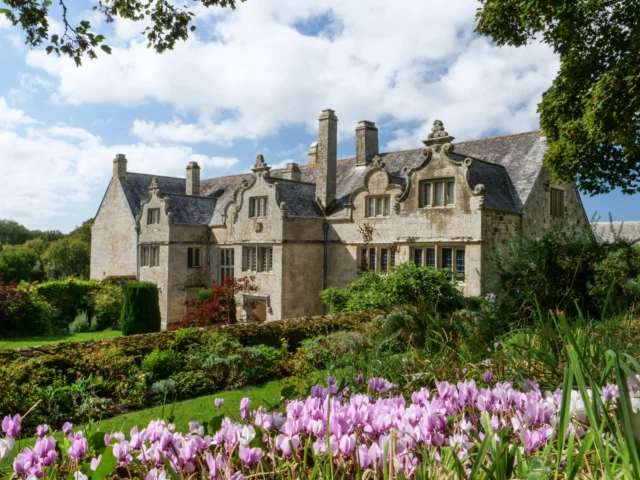
Cyclamen in front of the house at Trerice, Cornwall ©National Trust Images Hilary Daniel
Of course, you will not want to miss St Michael’s Mount, the spectacular backdrop to many a photo, with free rock pooling events on the causeway for children in summer, plus sub-tropical gardens and a historic castle to visit on the island. It feels like you are crossing to another land, so for children especially, it feels magical whether walking the causeway (low tide) or taking the boat.
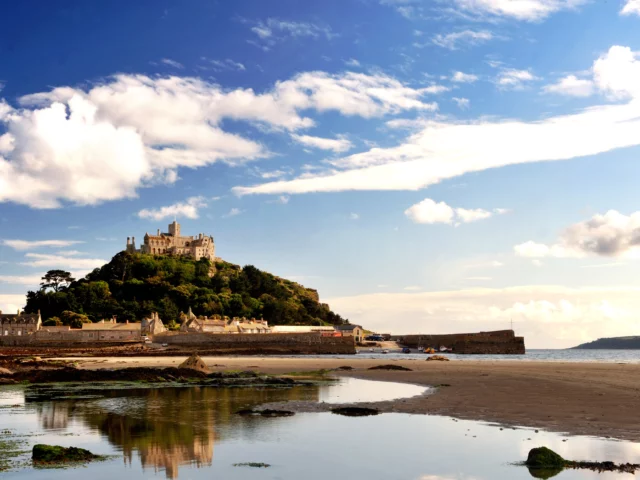
St Michael's Mount, National Trust
If World War II absorbs you, then Glendurgan Garden, Falmouth, on the North Helford coastline was where American troops departed for Normandy on D-Day. Many wartime relics remain in place. Check out the famous cherry laurel maze. The Lost Gardens of Heligan also tell a tale. For they suffered badly when the gardeners were sent off to the Great War in 1914, only to be rediscovered in 1990 and restored by Tim Smit of the Eden Project. Find the much-photographed Giant’s Head or Mud Maid, visit the outdoor jungle area with its Burmese rope bridge, or youngsters might especially like the Rare Breed Farm Centre.
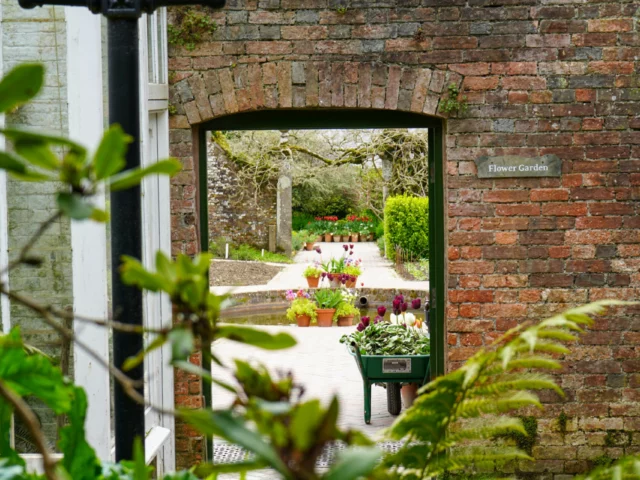
Categories: Arts & Heritage, National Trust Spots, Stately Homes & Gardens